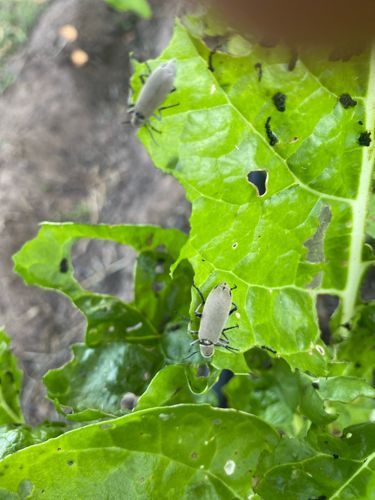Ash Gray Blister Beetle
Scientific Name: Epicauta fabricii
Order & Family: Coleoptera, Meloidae
Size: Typically 9-19 mm (0.35-0.75 inches)

Natural Habitat
Found in agricultural fields, gardens, and grasslands, often associated with plants from the pea family (Fabaceae) and other crops like potatoes, tomatoes, and alfalfa.
Diet & Feeding
Adults feed on the foliage and sometimes flowers of various plants, including legumes, solanaceous crops (e.g., potato, tomato), and sugar beets. Larvae are predatory, primarily feeding on grasshopper eggs.
Behavior Patterns
Adults are active during the day and are often found in groups. They can cause significant defoliation to host plants. When disturbed, they can exude a defensive chemical called cantharidin, which is a blistering agent. The larval stage develops underground, consuming grasshopper egg pods.
Risks & Benefits
Potential risks include crop damage due to adult feeding, which can be significant in large numbers. The cantharidin they produce can cause skin blisters if handled and is toxic if ingested by livestock, especially horses, if beetles are present in hay. A potential benefit is the predatory nature of their larvae on grasshopper eggs, which acts as a natural control for grasshopper populations.
Identified on: 9/22/2025